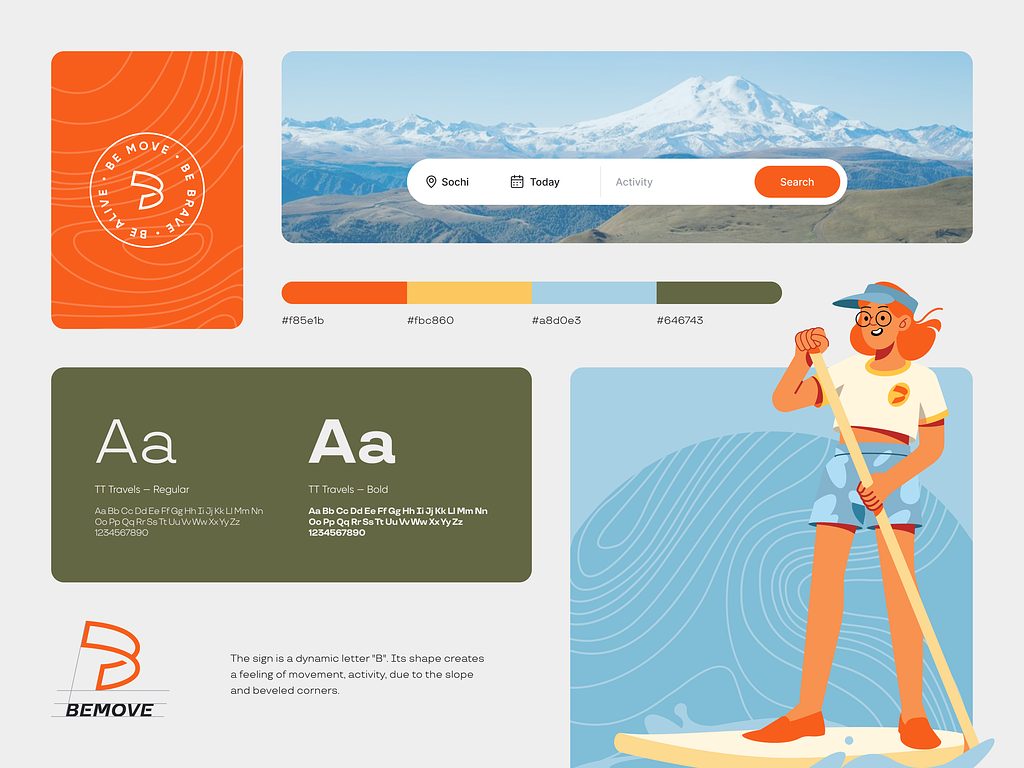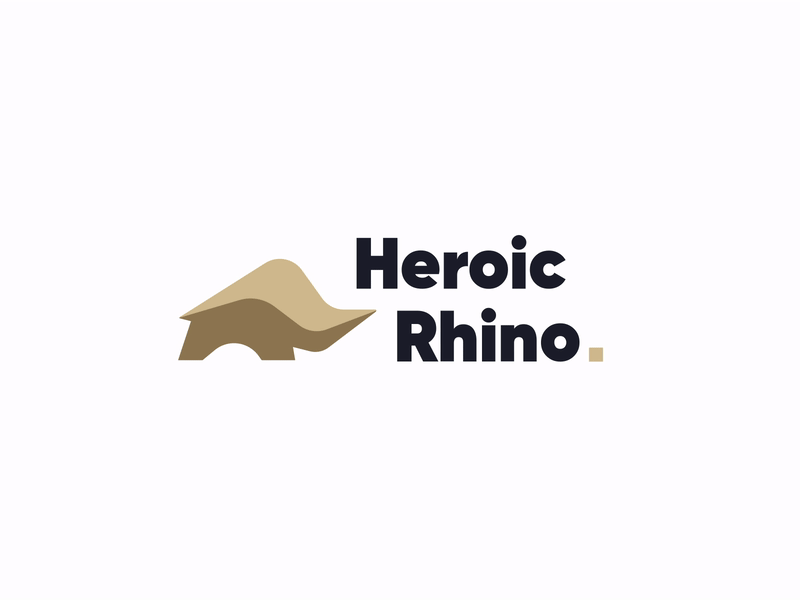
Are you a startup founder or a product owner grappling with the challenges of making your mark in a crowded marketplace? Do you often find yourself lost in the sea of competitors, struggling to convey the uniqueness of your offering to the world? If so, you’re not alone. The pain of invisibility in the marketplace is real, and it can be a relentless adversary, thwarting even the most innovative and promising ventures.
But what if there’s an unspoken secret, a powerful tool that can help you overcome these challenges and elevate your brand to new heights? It’s called “brand storytelling,” and it’s the catalyst that has transformed obscure startups into household names and everyday products into cult favorites.
In this article, we’ll explore the transformative power of this strategy and provide you with actionable insights to craft narratives that resonate with your audience, build trust, and ultimately drive success.
What is brand storytelling?
At the core, it is about using narratives to convey your brand’s essence. A compelling narrative has the power to captivate your audience, making them emotionally invest in your brand. Great stories stick with us, or so they say.
How can this strategy help you strengthen your digital products?
Attracting investors
Investors are likelier to be drawn to startups with a compelling brand identity. A strong narrative can help you convey the potential and the product’s ability to solve a problem or meet a need in the market. It can also illustrate the founders’ passion and dedication, which can be appealing to investors looking for promising opportunities.
Building trust
Trust is crucial for any business, but it can be especially challenging for startups that haven’t yet established a track record. A well-crafted story can help build trust by showcasing the founders’ expertise, the company’s values, and its commitment to delivering on promises.
Differentiation
Startups often face fierce competition in their early stages. Effective brand storytelling can help you stand out from the crowd by highlighting a unique value proposition, mission, and vision. Also, it will make the product more memorable to potential customers.
Employee alignment
A strong narrative can rally employees around a shared mission and vision. It helps all your team members understand the company’s goals and what sets it apart, fostering a sense of belonging and purpose within the organization.
Marketing and promotion
Storytelling strategy provides a rich source of content for marketing and promotion efforts. You can use their narrative across various marketing channels, from social media to blog posts to video content, to create a consistent and compelling message that resonates with the target audience.
 BeMove Branding by Shakuro
BeMove Branding by Shakuro
Building your brand narrative
Easier said than done. When creating a story, you have to consider various factors and carefully take the next move. Here are the key steps:
- Building a strong foundation
Despite the fact the story should be unique, there are a few templates that you can use to your advantage. For instance, the famous Joseph Campbell’s Hero’s Journey. Also known as the Monomyth, it is a concept in mythology and storytelling that describes the common narrative pattern found in many legends from cultures around the world.
In general, it’s a flexible framework that you can use to create compelling narratives. While the stages may not be identical to traditional ones, you can adapt them to fit the context of storytelling brands.
2. Identifying key elements
Pinpoint the core elements that define your project, and weave them into your narrative. For instance, you design sports clothing for teenagers. Then the key qualities are energetic, vibrant, unstoppable, daring, etc.
When redesigning the branding for SELECT, a private membership community, we took inspiration from nature and the way it can be interpreted in human-made design. This gave us a luxurious feel of the natural shapes inherited by some of the most expensive products on the market. The stylescapes got us thinking in the direction of combining raw, yet monumentally beautiful curved shapes as if created by water erosion and a definitive futuristic tech element to balance out the tranquility.

3. Showcasing your product’s journey
Things are not done magically. Take your audience on the journey and tell them a compelling story of your product’s development, showcasing its evolution. Discuss your losses and wins, how your team dealt with issues, made concepts and early stages, conducted brainstorms, etc.
4. Highlighting customer success stories
Customers’ wins that they’ve achieved with your product are a perfect way to create positivity around your company. They also add authenticity and relatability, building brand loyalty.
5. Leveraging visuals
Visual content has the greatest storytelling power. So while developing your brand, take advantage of images, animations, and videos to amplify the effect. These tactics will help engage your audience on a deeper level. Also, visuals have a higher chance of staying in people’s minds: humans tend to remember 65% of what they see, compared to only 10% of what they hear.

Heroic Rhino Logo Animation by Shakuro Branding
Staying authentic in your brand storytelling
Just weaving all the elements together won’t work. There are many pitfalls you should avoid while working on your brand. For instance:
- One of the most significant pitfalls is not being authentic. To avoid this, be true to your values and identity. Don’t create stories that feel forced or disconnected from your project’s reality.
- Failing to understand your audience’s preferences, interests, and needs leads to narratives that don’t resonate. Conduct thorough research and tailor your cases to your audience’s aspirations.
- Sometimes, businesses make their stories overly complex, which confuses or overwhelms the audience. Keep everything simple and relatable, focusing on a clear message.
- Inconsistent brand storytelling can confuse your audience. Try creating a cohesive image that aligns with your core values and maintains consistency across all marketing channels.
- Some businesses make the mistake of making their storytelling all about themselves. Instead, focus on how your brand benefits the audience and solves their problems.
- While the ultimate goal is often to drive sales, don’t make your story overly promotional. Instead, aim to provide value and build a genuine connection with your audience.
- Not following the principles like a compelling narrative arc, relatable characters, and a clear message. Invest in learning and applying these laws to your stories.
Real-world cases of successful brand storytelling
Let’s take a look at some companies that have mastered this strategy, and what we can learn from them.
Nike
Nike’s “Just Do It” campaign is a prime example. The campaign inspires athletes and individuals to push their limits and achieve their goals. Nike has effectively used it to connect with the audience personally and emotionally.
SuperJam
SuperJam has a very heart-touching narrative of the founder starting his jam-making business at the age of 14 and using his grandmother’s recipes. It has resonated with consumers, helping the startup branding stand out in a competitive market.
Coca-Cola
Their holiday-themed commercials and campaigns have become iconic brand storytelling examples. These ads evoke feelings of joy, togetherness, and nostalgia, associating the drinks with positive emotions.

Image by Jaakko Posti
Dove
The “Real Beauty” campaign challenges beauty stereotypes and promotes self-acceptance. By telling stories of real women and their unique beauty, the company has successfully connected with consumers who appreciate authenticity.
Red Bull
Red Bull focuses on adventure and extreme sports. The company sponsors events and athletes in these fields, creating a narrative of energy, excitement, and pushing boundaries.

Red Bull Air Force
Final thoughts on the power of narrative
Brand storytelling is a powerful tool for startups and product owners to connect with their audience, build trust, and differentiate themselves in the market. Remember, your story has the potential to elevate your business beyond expectations. Use it wisely, and your product will flourish.



























